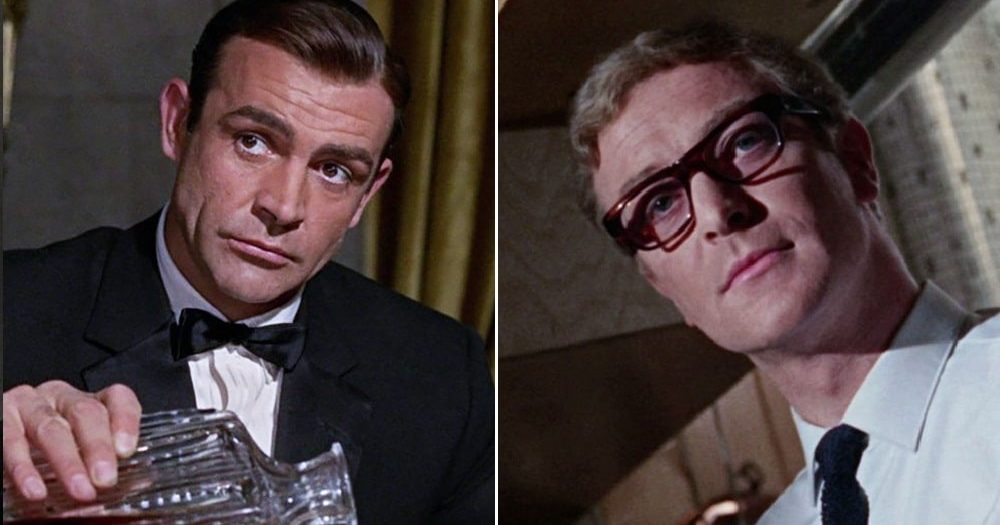“I thought I was going to replace Sean,” Michael Caine would later reflect with a laugh. Caine – a close friend of James Bond actor Sean Connery – felt a surge of excitement when, in 1964, he got a call from Bond producer Harry Saltzman, and believed he was about to be asked to play 007.
In reality, Caine was never even considered for the role of James Bond. Instead, Saltzman was looking to cast Caine in an altogether different role, one that would help cement him as one of the most popular actors of his generation.
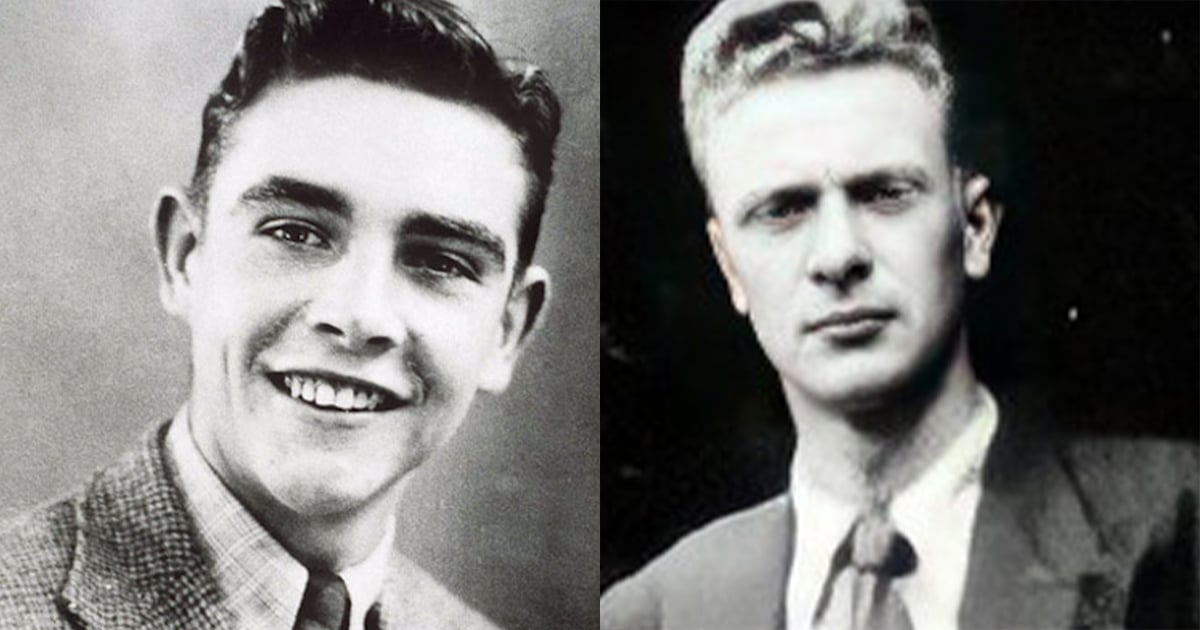
Caine, born on March 14, 1933, was raised in a working-class London household. After completing national service and serving in the Korean War, he began taking minor television roles while rooming with fellow actor Terence Stamp as well as the composer John Barry. Coincidentally, Caine became the first person to ever hear the Goldfinger theme song, because Barry composed the tune for the Bond blockbuster whilst living with Caine.
Caine had also been friends with fellow actor Sean Connery since 1954. The two men met at a film industry party whilst the musical South Pacific was in production (neither Caine nor Connery would appear in that film). They soon became close, but they would not actually make a movie together for another two decades.
When the Bond movies got underway with 1962’s Dr. No, Connery became an instant superstar. Caine, meanwhile, was slowly rising through the ranks as an actor. He didn’t break through as a star until 1964 war epic Zulu, although for this role Caine ditched one of the main things that came to identify him as an actor: his distinctive Cockney accent.
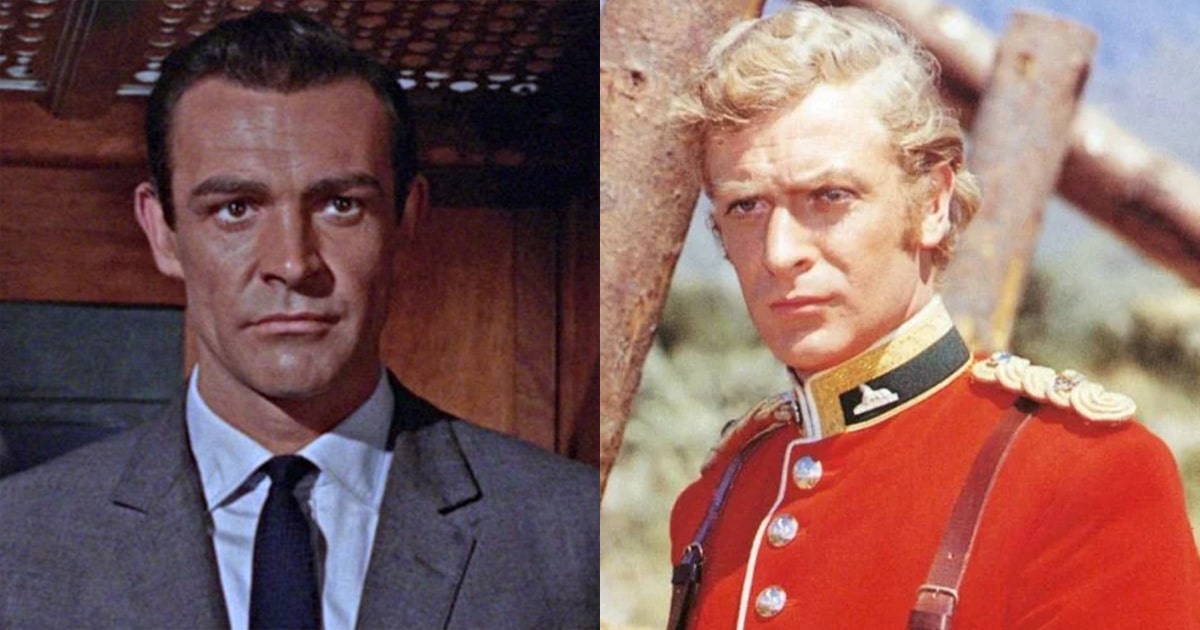
After the success of Zulu, Caine was approached by Harry Saltzman, the co-producer of the Bond films (three had been made up to that point: Dr No, From Russia with Love and Goldfinger). Surprised to hear from Saltzman, Caine momentarily thought that he was going to be asked to replace Connery – and in the decades since, this meeting has apparently been misinterpreted as being about just that.
Caine recalled in his autobiography, “my friend Sean Connery… was the only Brit of my generation to have made it in Hollywood. I thought I was going to get a part in a James Bond film. I joined Harry at his table, my heart beating wildly.”
In fact, Saltzman had Caine in mind for an entirely different project, albeit another one set in the world of espionage: an adaptation of Len Deighton’s 1962 spy novel The Ipcress File. Presenting a far more grounded and realistic take on spycraft than Bond, Deighton wrote several novels featuring his spy protagonist – who, in the original literary form, is not given a name.

Saltzman realised that having a literally anonymous hero could be difficult on film. When discussing the matter with Caine, the actor suggested the name Harry Palmer, inspired by a particularly boring boy who knew at school. (Happily, the producer took no offence at being told his own first name was dull.)
On top of the deliberately humdrum moniker, Saltzman and Caine had other ideas to make Palmer stand apart: giving him glasses, and showing him cooking his own food. The actor reflected, “no leading man had worn glasses in a film. People said ‘he can’t cook, they’ll think he’s gay, he can’t wear glasses, they’ll think he’s a sissy.”
Ignoring this, Caine, Saltzman and director Sidney J. Furie pressed on and created a hard-edged hero unlike any seen on film before – and in another Bond connection, Caine’s old flatmate John Barry would also provide The Ipcress File’s atmospheric score.
Released in March 1965 (nine months before the fourth Bond movie, Thunderball), The Ipcress File was praised by Variety as an “anti-Bond” which seemed “probably rather more true to the facts of intelligence life than the Bond world of fantasy.”
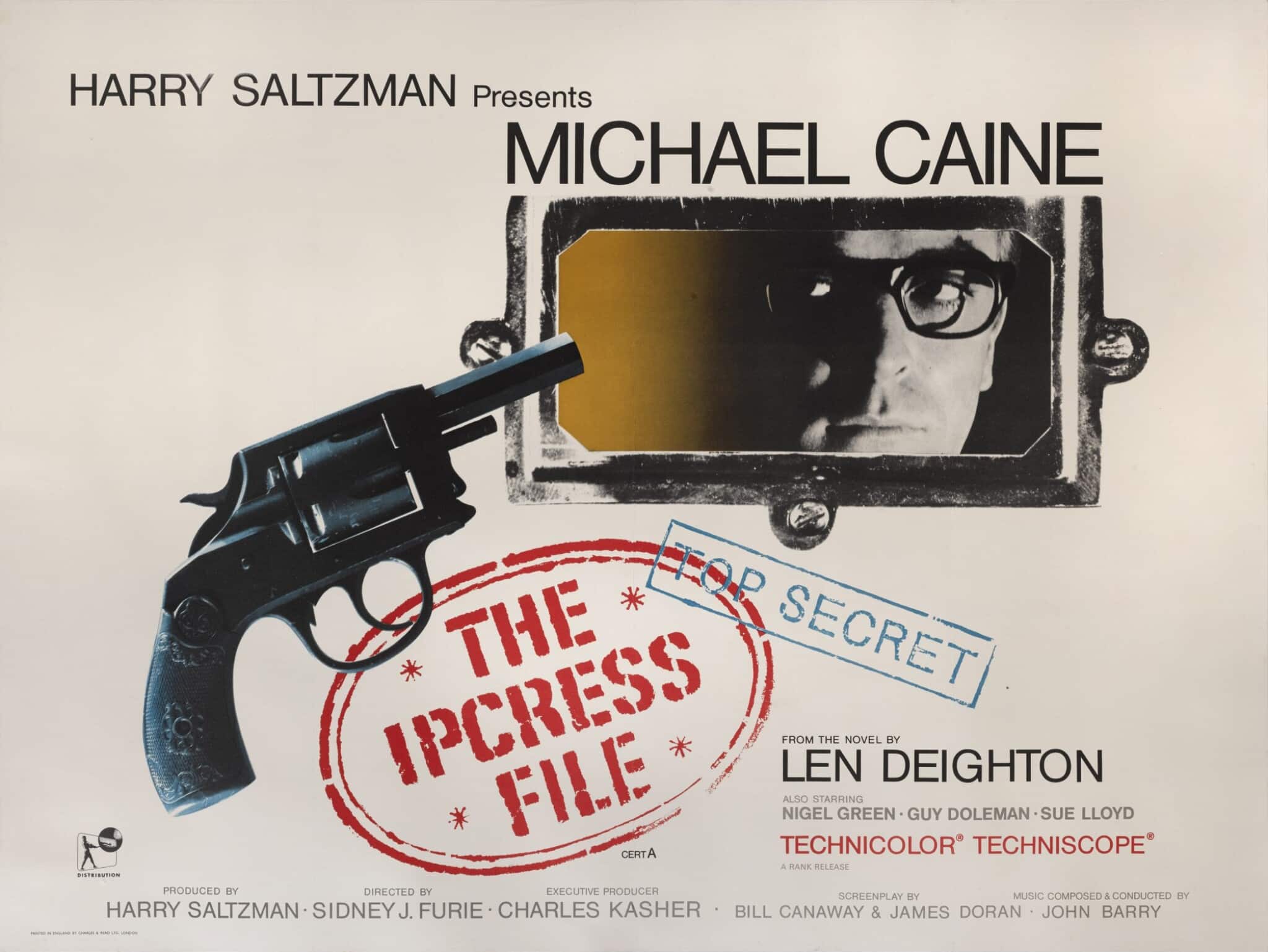
While it wasn’t a Bond-sized hit, The Ipcress File performed well enough critically and commercially to spawn two direct sequels – 1966’s Funeral and Berlin, and 1967’s Billion Dollar Brain (both adopted from Len Deighton’s novels).
The Harry Palmer films also helped establish Michael Caine’s screen persona. This would be further cemented with 1966 comedy drama Alfie (which landed Caine his first nomination for the Best Actor Oscar), and in 1969 crime comedy The Italian Job – the latter of which hit screens six months before On Her Majesty’s Secret Service, the first Bond film made without Sean Connery.
By the end of his time as 007, Sean Connery felt stifled in the role, and made no secret of it. Notoriously, the actor once remarked, “I have always hated that damned James Bond. I’d like to kill him.” While he would reprise the role for 1971’s Diamonds are Forever following the departure of one-off Bond actor George Lazenby, he only did so for the money, and donated most of his fee to charity.
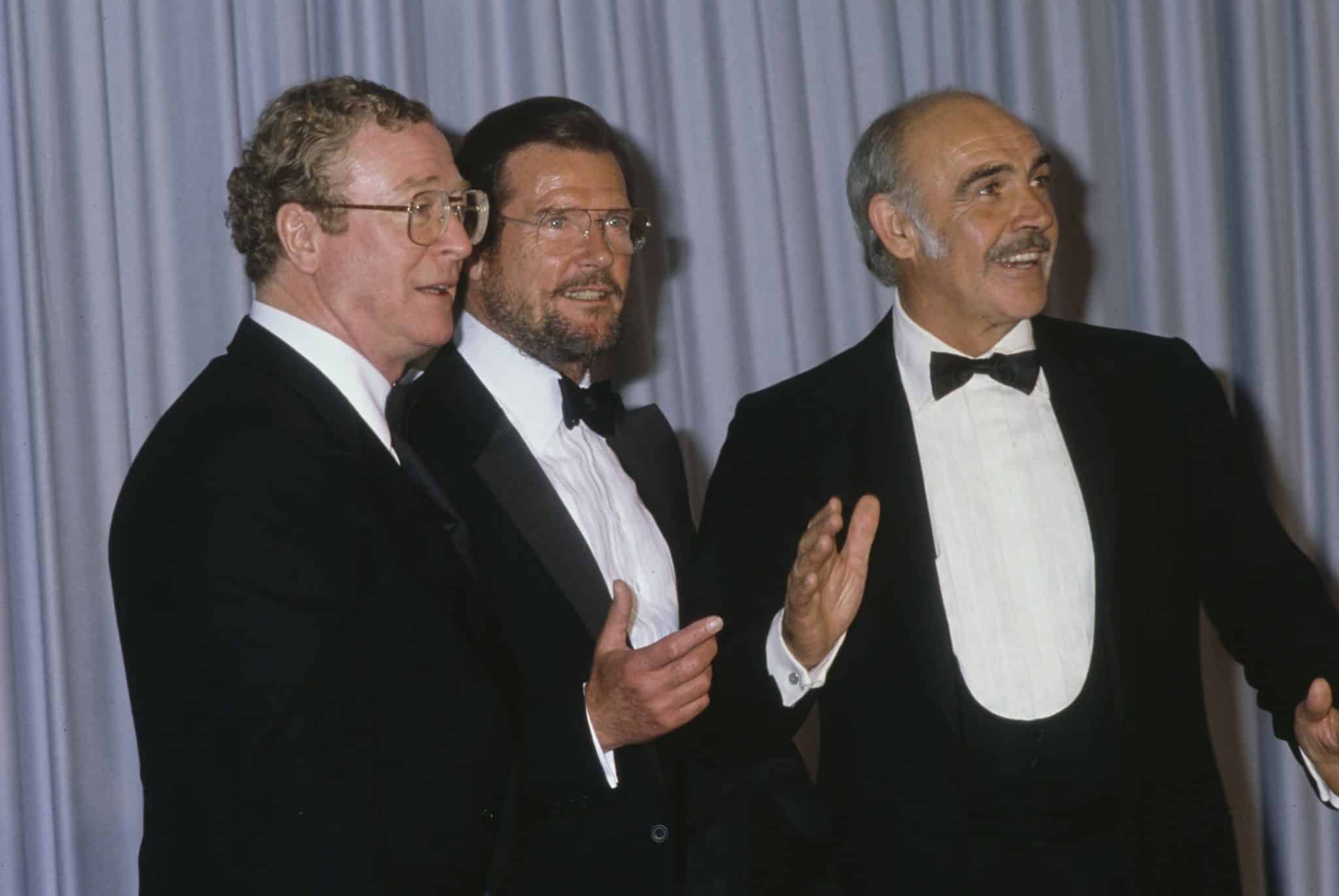
After Connery quit Bond a second time, Roger Moore took over on 1973’s Live and Let Die – but throughout this period, Michael Caine was neither offered 007, nor did he consider himself right for the role. “I was always much more ordinary,” Caine explained in 2018. “Bond was a glamorous, imaginative creation. I’ve always played real people. Losers, to some extent. Oh, yes. Because I was a loser. Until I started playing losers, I never became a success!”
Caine felt a twinge of pity for Connery in his post-Bond years, as his friend grew to hate being associated with the character. “You didn’t the raise the subject of Bond [around Connery],” Caine told one biographer. “He was, and is, a much better actor than just playing James Bond, but he became synonymous with Bond. He’d be walking down the street and people would say, ‘Look, there’s James Bond.’ That was particularly upsetting to him.”

Connery did enjoy some post-Bond hits, including his 1975 collaboration with Caine on 1975’s The Man Who Would Be King. An acclaimed hit, director John Huston’s film garnered a number of major award nominations – although none for its leading men. Caine and Connery would appear in the same movie a second time in 1977’s A Bridge Too Far, although they did not share any scenes in the war drama, which is noted for its huge ensemble cast. (Caine would also act alongside the other Bond, Roger Moore, in 1990’s Bullseye!)
Happily, Connery eventually made peace with 007, even reprising the role a final time in 1983’s unofficial Bond movie Never Say Never Again. Caine would also return to his signature spy role of Harry Palmer in the 1990s, with TV movies Bullet to Beijing and Midnight in St. Petersburg. While Bond has subsequently been played by Timothy Dalton, Pierce Brosnan and Daniel Craig, only one other actor has played Palmer: Joe Cole, in the 2022 TV series adaptation of The Ipcress File.
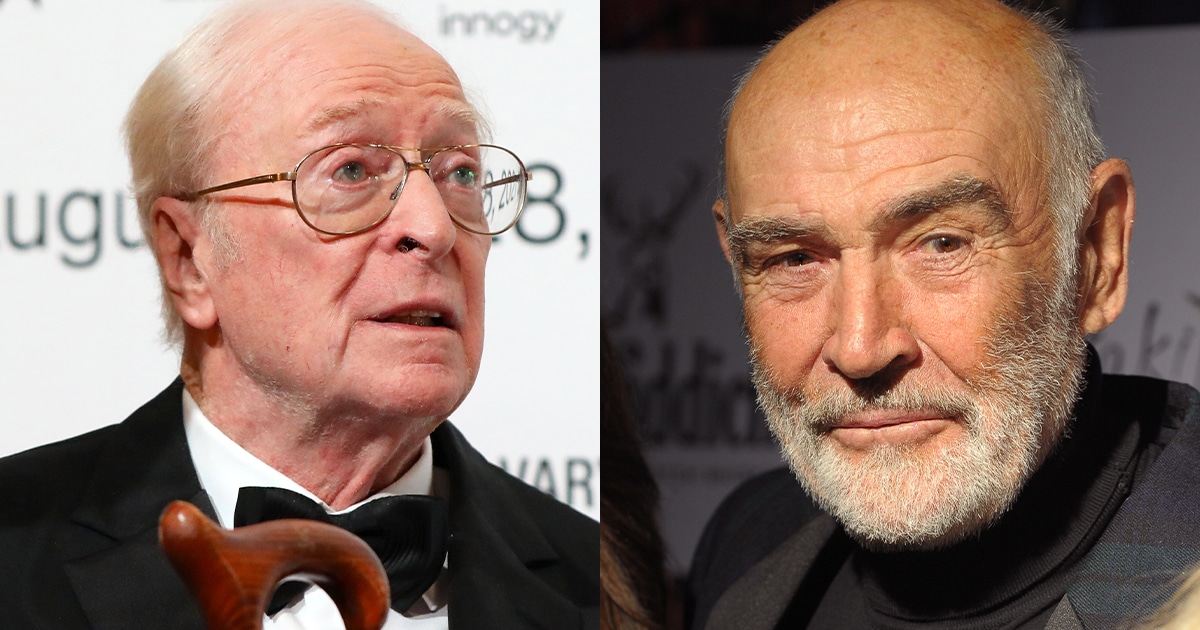
Caine and Connery remained friends right to the end of Connery’s life, although in 2017 Caine wryly remarked that Connery’s sporting interests drove them apart: “I don’t play golf; that’s how I lost Sean Connery. He learned to play golf, I never saw him again.”
Following Connery’s death in October 2020 at the age of 90, Caine tweeted in praise of his old friend and co-star: “A Great Star, Brilliant Actor and a wonderful friend. The Man Who Would Be King was THE KING.”

